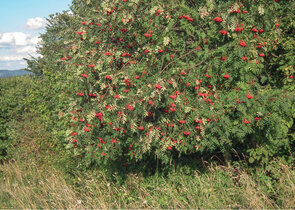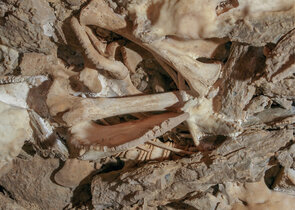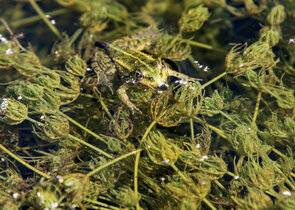The Species Concept in Nature Conservation Theory and Practice

It is no secret that there hardly is any other issue in biology which has been full of contradiction as the species, whether as a concept, category or taxon in systematics. The continuing debate which set of individuals could be considered the species resulted in at least 35 various concepts: although most species concepts have strong implicit similarities and they in some extent overlap each other, some of them exclude others (ZACHOS 2015, 2018b). It is necessary to mention that many of them in the fact do not define what species are or should be but rather provide differently complicated approach how to delimitate them (MAYDEN 1997, QUEIROZ 1998, 2007, STEWART 2018, REYDON & KUNZ 2019). Taking into account the extent of the debate the following reflection offers only a glimpse of the topic from a point of view of nature conservation, not an exhaustive analysis.
Nature Conservation 2023 — 5. 6. 2023 — Research, Surveys and Data Management — Print article in pdf
A Prehistoric Bear Cub from the Javoříčko Karst

Every cave represents a unique natural phenomenon, preserving the complex links between living and non-living nature. They often contain paleontological findings as well as archaeological monuments connected with the development of the humans. The remains of animals get into the caves through the sinking of debris and alluvium. Some animals use caves for hibernation, others as shelters, dens, and food stores. And some find death underground after being caught in a natural trap...
Nature Conservation 2023 — 5. 6. 2023 — Research, Surveys and Data Management — Print article in pdf
Restoration of a meadow wetland and its effect on aquatic invertebrates

Lowland wetland meadows are among the most endangered habitats in the Czech Republic. The main drivers of their decline and loss include particularly decline in traditional management measures, targeted draining, consequent overgrowing by natural self-seeding as well as spreading aggressive plant species the latter excluding wild plant and animal species there. Thus, suitable meadow wetland management should aim namely at maintaining an open character of the above habitat effectively provided by grazing and mowing.. Although it may not be apparent at first glance, these measures can also significantly affect small water bodies in the immediate vicinity of the managed area. The article presents the project entitled Management measures and assessment of their impact on meadow wetland biodiversity and it introduces the pilot results of water body hydrobiological monitoring in a meadow wetland near the village of Krumvíř (South Moravia).
Nature Conservation 2023 — 5. 6. 2023 — Research, Surveys and Data Management — Print article in pdf

